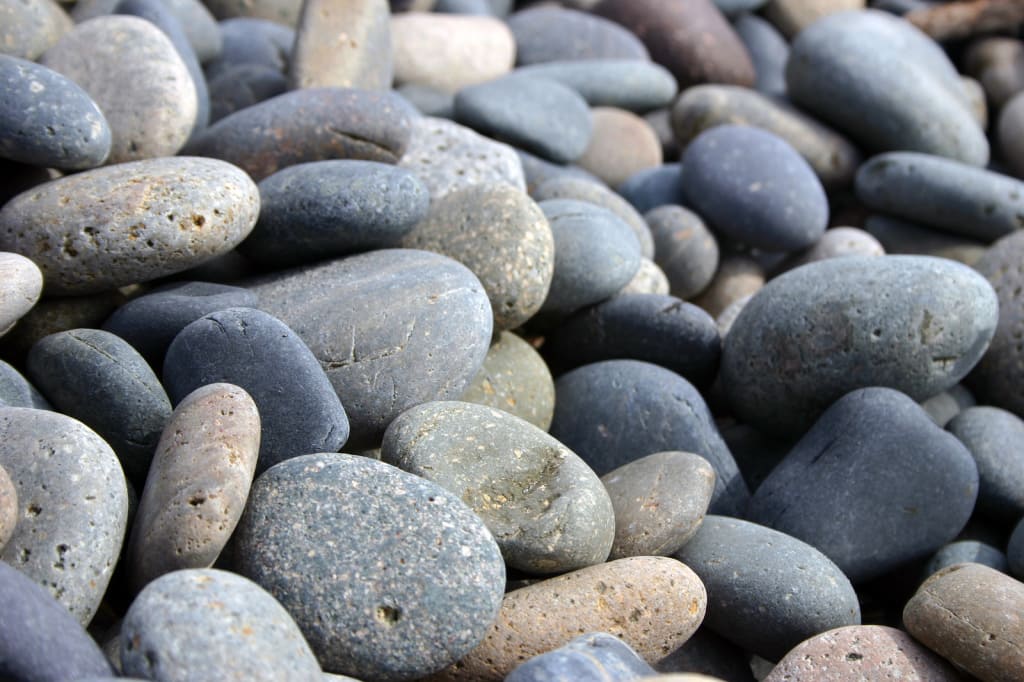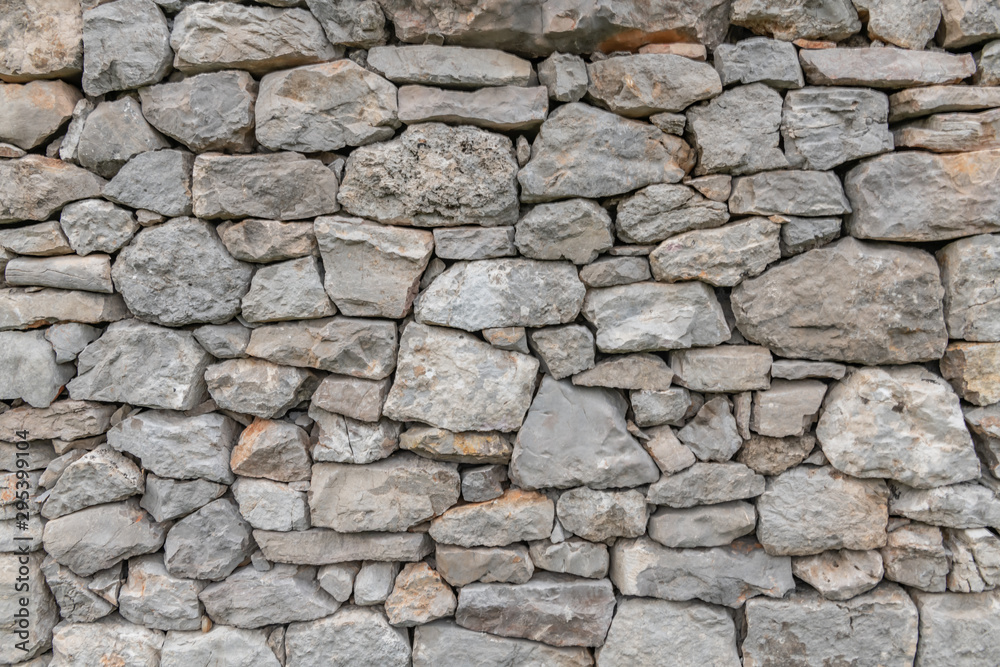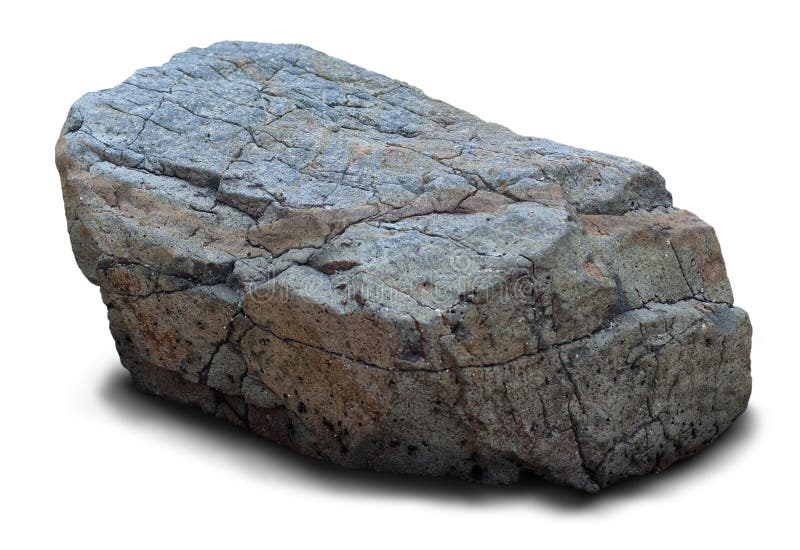When you think about the base of a home, especially an older one, you often picture something strong and lasting, like a stone foundation. This kind of base, made from that very hard, solid substance found in the ground, provides a truly sturdy support for the entire house. However, even these seemingly indestructible structures can face issues, and one that often catches homeowners by surprise is rust appearing on or around the stone. It's almost as if something so firm should be immune to such things, yet here we are.
This problem, often seen as reddish-brown marks, might seem like a small thing at first glance, but it can point to bigger concerns hiding just beneath the surface. You know, a stone, whether it's a small, detached piece of rock or the natural rock material itself, typically serves as a reliable building block. When something like rust starts to show up, it can make you wonder what's going on with the strength and overall health of your home's lower parts, which is a bit unsettling for sure.
Understanding what causes this reddish discoloration and what it means for your home's foundation is quite important for keeping things in good shape. This piece will walk you through why this happens, what to look for, and how to go about making things right, so you can keep your home standing tall and sound, as a matter of fact.
- Rolling Stones Singer
- El Pirata De Culican
- Jon Cryer Wife
- Phil Hartman
- %D1%81%D0%BA%D1%80%D0%B8%D0%BF %D0%B4%D0%B6%D0%B8%D0%BC
Table of Contents
- What's the deal with stone foundation rust?
- How does rust affect stone foundation rust?
- Signs of trouble - spotting stone foundation rust early
- What causes stone foundation rust to happen?
- Fixing the issue - ways to deal with stone foundation rust
- Can you stop stone foundation rust from coming back?
- Keeping things strong - long-term care for stone foundation rust
- Is professional help needed for stone foundation rust?
What's the deal with stone foundation rust?
It's a common question, really, when people notice those tell-tale orange or brown streaks on their stone walls below ground level. You might think, "How can stone rust?" Well, stone itself, being a hard, compacted mineral, doesn't rust in the way metal does. What you're seeing, in fact, is usually the result of iron or steel elements in or near the foundation reacting with moisture and air. This process creates that familiar reddish-brown coating we call rust. So, it's not the stone turning rusty, but rather something else that's part of the foundation system, or very close to it, that's showing signs of wear from the elements.
Often, old stone foundations, especially those built a long time ago, might have used metal ties, rebar, or even old pipes within their structure. These metal bits, over time, can get exposed to water, perhaps from leaky gutters or poor ground slope, and that's when the trouble starts. The water, combined with oxygen, causes the metal to change, forming rust. This rust then seeps out, staining the stone surface. It's a bit like a hidden problem making itself known on the outside, you know, a clear sign something needs attention.
Sometimes, the source of the rust isn't even in the foundation itself. It could be something like an old metal window well, a downspout, or even a metal garden tool left leaning against the wall for too long. Water runs over these items, picks up the rust, and then deposits it onto the stone below. This means a good look around the outside of your home is often needed to figure out where the reddish marks are coming from, which is actually quite helpful in the long run.
How does rust affect stone foundation rust?
When rust shows up on a stone foundation, the first thing people usually notice is the way it looks. Those orange and brown streaks can really take away from the natural beauty of the stone, making it appear old or uncared for. It can make a lovely old house seem a bit neglected, which is something no homeowner wants, obviously. This is often the most immediate concern for many people, as the visual appeal of their home is quite important.
Beyond just how it looks, though, rust can point to deeper issues. If the rust is coming from metal parts inside the stone foundation, like old reinforcement bars or ties, it means those metal pieces are expanding as they corrode. This expansion can put pressure on the surrounding stone and mortar. Over time, this pressure might cause the stone to crack, or the mortar holding the stones together to crumble. This could, in a way, weaken the structure's ability to support the home above it, which is a serious consideration.
Also, the presence of rust often tells you that there's a moisture problem. Rust doesn't form without water, so if you're seeing it, it means water is getting to metal elements that it shouldn't be. Constant dampness can lead to other problems for a stone foundation, like the growth of mold or mildew, or even the breakdown of the mortar itself, making it softer and less able to do its job. So, rust is a sort of signal, letting you know that water is getting where it shouldn't be, and that's something you definitely want to address, you know, sooner rather than later.
Signs of trouble - spotting stone foundation rust early
Catching problems early is always a good idea, especially when it comes to something as important as your home's base. For stone foundation rust, the most obvious sign is, well, the rust itself. Look for those tell-tale orange, reddish-brown, or dark brown stains on the surface of your stone. These marks might appear as streaks running down the wall, or as splotches around specific points, like where a metal pipe enters the foundation, or near old window openings. It's a pretty clear visual cue, as a matter of fact.
Beyond just the color, pay attention to the texture of the rust. It might be powdery, flaky, or even bubbly in places. This can give you a clue about how active the corrosion is. If it's very loose and powdery, it might be an older issue, but if it seems to be actively bubbling or spreading, that could mean ongoing moisture exposure. You might also notice the stone itself seems a bit damp to the touch in those areas, which points directly to water being the main cause, obviously.
Another thing to look out for, though less directly a sign of stone foundation rust but related, is any crumbling or cracking in the mortar joints between the stones, or even cracks in the stones themselves. As mentioned, if metal inside the foundation is rusting and expanding, it puts pressure on the surrounding materials. So, if you see rust alongside new cracks or crumbling mortar, it's a stronger indication that the rust is coming from within and causing structural stress. This is a bit more concerning, and definitely something to investigate further, you know, to ensure the long-term health of your home.
What causes stone foundation rust to happen?
The main reason for stone foundation rust showing up is a mix of metal, water, and air. Without all three, rust just doesn't form. In older homes with stone foundations, it's pretty common to find metal elements. These could be things like old steel reinforcing bars, sometimes called rebar, that were put into the foundation when it was built to give it extra strength. Or, they might be metal ties that connect different parts of the foundation, or even old pipes that run through the stone for water or sewage. These metal bits are just waiting for water to come along, so to speak.
Water is the big player here. It can come from a few places. Poor drainage around your home is a very common culprit. If rainwater isn't directed away from your foundation by proper gutters and downspouts, or if the ground slopes towards your house instead of away from it, water will pool against the stone. This constant dampness allows moisture to seep into the foundation and reach any metal inside. It's really about managing water flow around your home, you know, keeping things dry.
Another source of water might be a plumbing leak, either from pipes inside your basement or from outdoor spigots. Even small, slow leaks can provide enough moisture over time to cause significant rust. Sometimes, the issue is simply condensation, especially in damp basements where warm, moist air meets cool stone surfaces. This can create enough surface moisture for rust to start on any exposed metal. Basically, any situation where metal in or near the foundation stays wet for a while can lead to stone foundation rust, which is something you want to avoid, naturally.
Fixing the issue - ways to deal with stone foundation rust
Once you've spotted stone foundation rust, you'll want to take steps to address it. The first thing to do is to figure out where the moisture is coming from and stop it. This might mean fixing leaky gutters, extending downspouts so they carry water far away from your house, or re-grading the soil around your foundation so it slopes away. If it's an internal plumbing leak, that needs to be fixed right away. Getting rid of the water source is, honestly, the most important first step, because if you don't, the rust will just keep coming back.
After you've stopped the water, you can then clean the rust stains off the stone. For light stains, you might be able to use a stiff brush and some water, perhaps with a mild detergent. For more stubborn rust, there are special rust removers available that are safe for stone. You'll want to follow the product directions very carefully and test it on a small, hidden spot first to make sure it doesn't discolor your stone. Some people even use a mix of lemon juice and salt, which can be quite effective for lighter marks, you know, a more natural approach.
If the rust is coming from metal within the foundation and has caused cracks or crumbling mortar, those areas will need more significant attention. This might involve carefully removing the affected stone and mortar, dealing with the corroded metal (perhaps by cleaning it and applying a rust-inhibiting coating, or even removing it if it's not structural), and then putting new mortar and stone back in place. This kind of work can be a bit tricky and might call for someone with specific skills in working with old stone, as a matter of fact.
Can you stop stone foundation rust from coming back?
Stopping stone foundation rust from returning is really about keeping moisture away from any metal in or near your foundation. Once you've cleaned up the existing rust and fixed any immediate issues, you need to think about long-term prevention. One of the best ways to do this is to make sure your home's drainage system is top-notch. This means regularly cleaning out your gutters so they don't overflow, and making sure your downspouts extend far enough from your house to direct rainwater away from the foundation. It's a simple step, but it makes a huge difference, obviously.
Checking the slope of the ground around your home is also very important. The soil should always slope away from your foundation, so water naturally runs off rather than pooling against the stone. If it doesn't, you might need to add some soil to create a proper grade. You could also consider putting in a French drain or other drainage systems if you have persistent water issues in your yard. These systems help to move underground water away from your house, which is quite helpful, you know, for keeping things dry.
For metal elements that are exposed or are known to be in the foundation, applying a protective coating can help. This might be a rust-inhibiting primer or paint for exposed metal, or a sealant for the stone itself that helps to repel water. However, be careful with sealants; some can trap moisture if applied incorrectly. The key is to keep the area as dry as possible, minimizing the chances for metal to react with water and oxygen. This proactive approach is basically your best bet for keeping that reddish discoloration from showing up again, and stuff.
Keeping things strong - long-term care for stone foundation rust
Taking care of a stone foundation, especially after dealing with rust, means regular check-ups and a bit of ongoing attention. Think of it like taking care of an old car; you wouldn't just fix one thing and forget about it. You'll want to make it a habit to walk around your house every so often, maybe once or twice a year, and take a good look at your foundation. Look for any new stains, any small cracks appearing, or any signs that water might be pooling too close to the base of your home. It's a pretty simple routine, but it can save you a lot of trouble down the road, you know.
Pay special attention after heavy rains or during periods when snow is melting. This is when water issues are most likely to show themselves. If you see water running off your roof and splashing directly onto the foundation, or if puddles are forming right next to your house, that's a clear sign your drainage needs some work. Making small adjustments to your downspouts or adding a bit of soil to change the slope can often fix these problems before they become bigger, which is actually quite empowering.
Also, keep an eye on the plants and landscaping around your foundation. While a pretty garden is nice, some plants can hold moisture against the stone, or their roots can cause problems over time. Make sure there's enough space between your foundation and any large bushes or trees. This helps with air circulation, which can keep the stone drier, and also prevents roots from growing into the foundation. It's about finding a balance between a nice-looking yard and a healthy home base, as a matter of fact.
Is professional help needed for stone foundation rust?
For many smaller instances of stone foundation rust, especially if it's just a surface stain from an external source like an old metal garden hose reel, you can probably handle it yourself. Cleaning the stain and making sure water is directed away from that spot might be all that's needed. It's a pretty straightforward task for a handy homeowner, honestly, and can be quite satisfying to take care of on your own.
However, there are times when bringing in someone with experience is a really good idea. If you see rust accompanied by significant cracking in the stone or crumbling mortar, or if the rust seems to be coming from deep within the foundation, that's when you should think about calling a professional. Someone who knows about old stone foundations can properly assess the situation, figure out if there's structural damage, and suggest the best way to make things right. They have the tools and the know-how to deal with more complex issues, you know, beyond just a simple scrub.
Also, if you're not sure where the water is coming from, or if you've tried to fix the problem yourself and the rust keeps coming back, a professional can help. They might use special equipment to find hidden leaks or assess your property's drainage in a way you can't. Sometimes, the problem is bigger than it looks, and getting an expert opinion early can save you from more costly repairs down the line. It's often worth the peace of mind to have someone who really understands these things take a look, as a matter of fact.
Related Resources:



Detail Author:
- Name : Monserrate Friesen
- Username : brenda48
- Email : tcollins@wiegand.net
- Birthdate : 1998-08-31
- Address : 599 Kshlerin Isle Apt. 199 Connellyfurt, MT 07853
- Phone : +18456892882
- Company : Gorczany LLC
- Job : Material Moving Worker
- Bio : Praesentium sit fuga aspernatur labore qui iste optio distinctio. Vero omnis perferendis aliquid laborum in ipsa praesentium.
Socials
facebook:
- url : https://facebook.com/smitchell
- username : smitchell
- bio : Ut rerum eligendi ipsam illum occaecati in. Voluptatem ab officiis neque ad.
- followers : 6421
- following : 568
linkedin:
- url : https://linkedin.com/in/sanfordmitchell
- username : sanfordmitchell
- bio : Quis nesciunt praesentium iure at fuga.
- followers : 5493
- following : 600